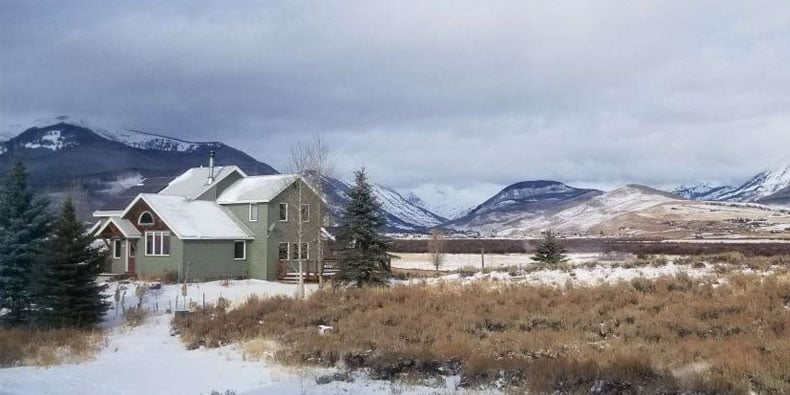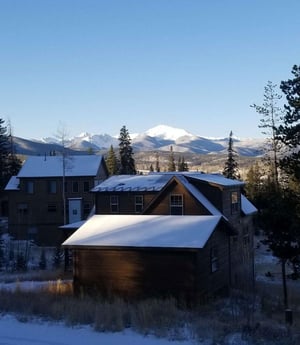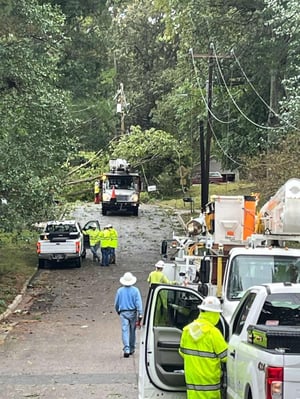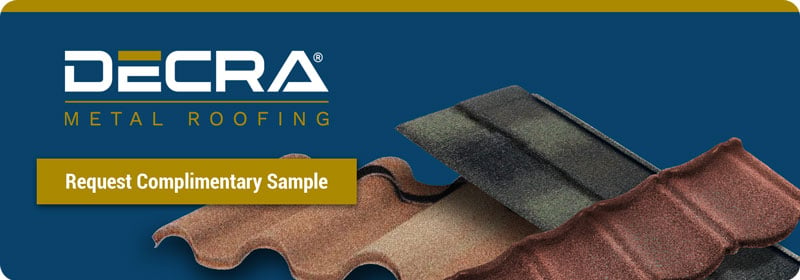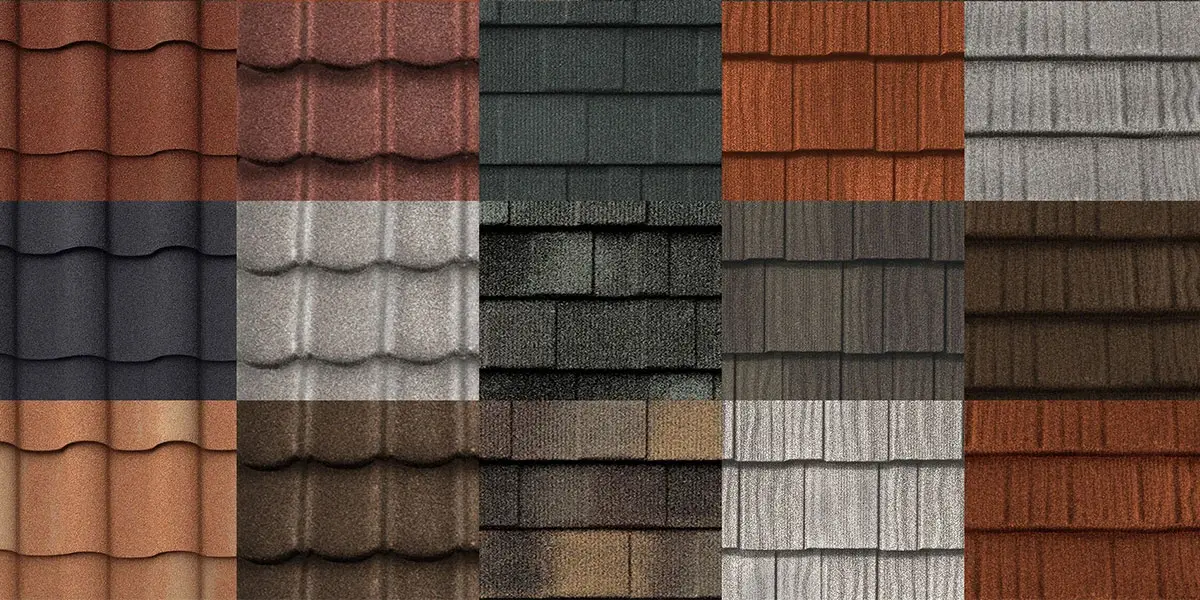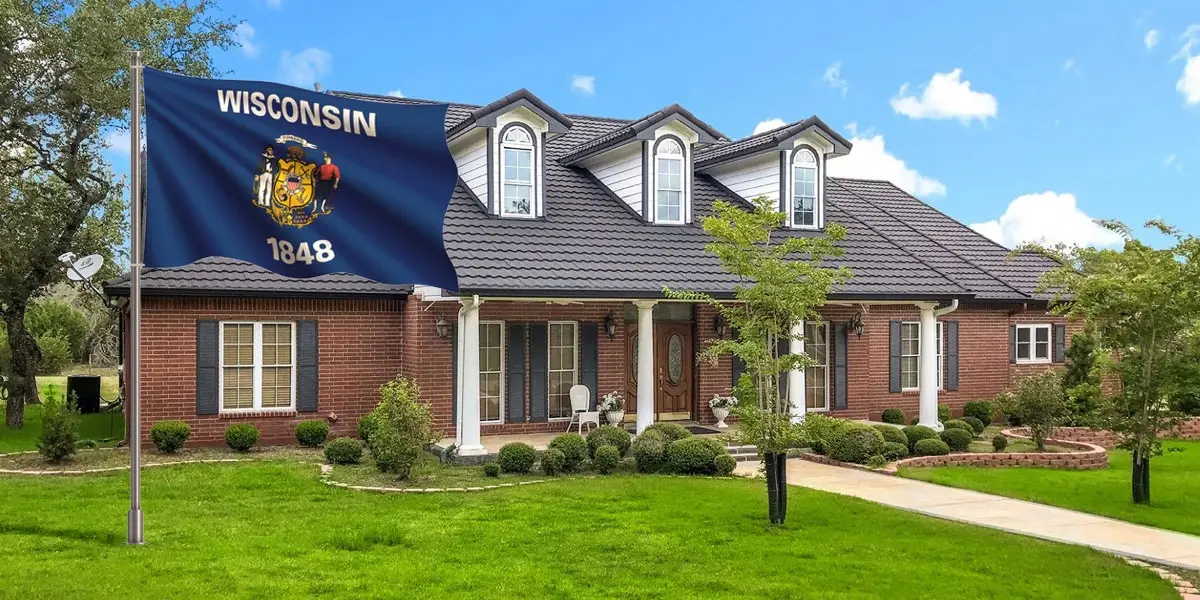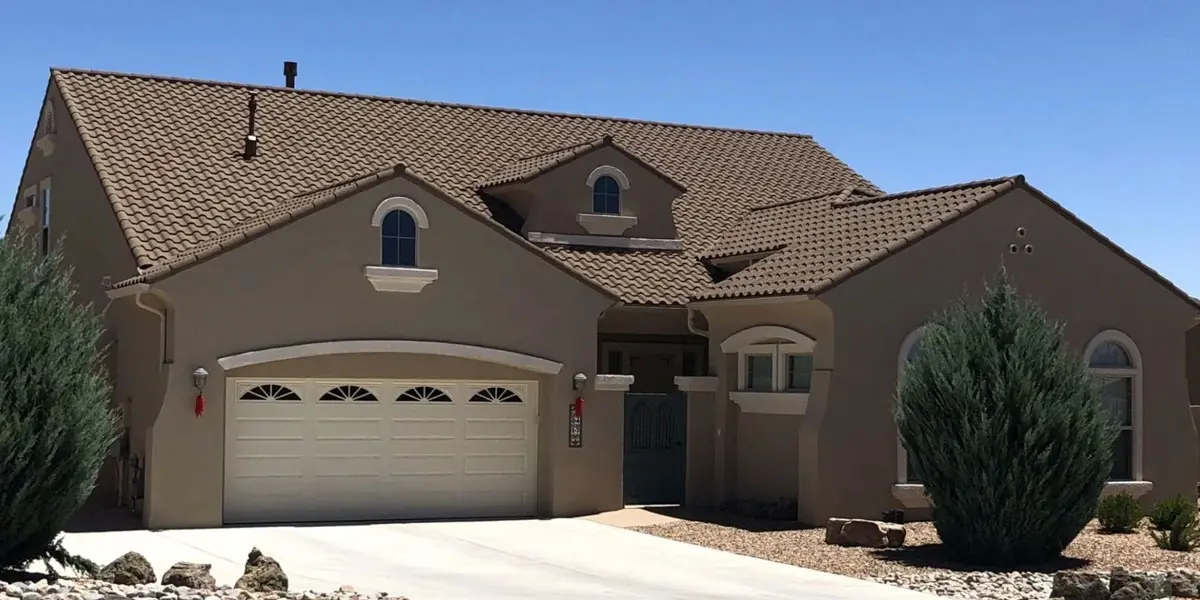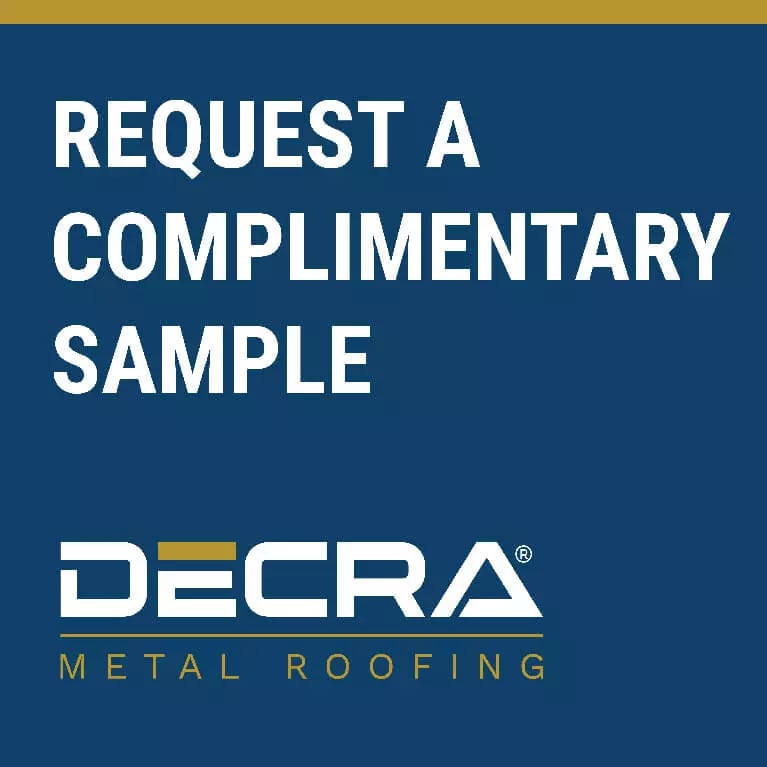If you've made your home in Colorado, you're no stranger to the state's varied and sometimes extreme weather.
From pounding hailstorms to heavy snowfall, whipping winds to tornadoes, and dramatic temperature swings to wildfires, the Centennial State presents a unique set of challenges for homeowners–particularly when it comes to choosing the right roof.
Whether you're tucked away in a mountain valley or positioned on the open plains, this guide will help you understand the implications of these weather conditions on your roof and aid you in selecting the best type of roof for your home.
Keep reading to learn:
- How Colorado’s diverse climate conditions impact the roof.
- Key factors to consider when choosing a roof.
- What type of roofing best matches the style of Colorado homes.
How Colorado's Diverse Climate Conditions Impact the Roof
Colorado's unique geographical position exposes the state to a range of weather events that can be punishing to the structure and integrity of your roof. The impacts can range from minor wear and tear to significant damage requiring a complete replacement.
Here's a closer look at five common Colorado weather conditions and how they can impact your roof.
Hail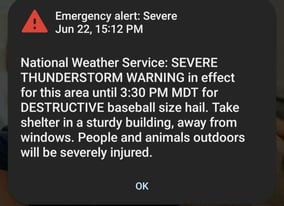
Colorado takes the crown as the top-ranking state for hail losses, with annual damages averaging around $151.5 million. The impact from hailstones can inflict severe damage to the roof in the form of cracking, denting, or even puncturing the roofing material, leaving the underlying layers exposed to further weather elements.
Snow
With an annual snowfall averaging 57 inches, nearly double that of New York City, Colorado homeowners need to factor snow load in when considering a new roof. Why? Because where there is snow, there is ice which can lead to ice dams. Ice dams form when heat loss through the roof melts snow on the roof. The meltwater flows to the cold eave overhang where it refreezes. This ongoing process causes ice to build up and create a dam, eventually preventing upslope meltwater from draining off the roof. If proper ice dam protection is not provided, ponded water can back up under the roofing system and cause building leaks.
Dramatic Temperature Swings
Despite the perception of long, snowy winters, Colorado's snow often melts quickly due to warm winds. However, dramatic swings in temperature from warm to freezing conditions can lead to a cycle of expansion and contraction of the roof. Over time, this can hasten the wear and tear of the roof, reduce its lifespan and lead to leaks.
High Winds
High winds in Colorado, particularly the Chinook winds, can reach over 100 mph in extreme cases. While not as common as in the Midwest, parts of Colorado can even experience high winds in the form of tornados. Wind uplift from high winds refers to the upward force exerted on a roof due to the pressure differential created by wind flowing over and around a building. This force can cause the roof to lift, potentially leading to damage and even complete roof failure if not properly managed.
Fire
Colorado is no stranger to wildfires. The recent Marshall Fire underlined the importance of having a fire-resistant roofing material. Embers carried by wind can land on roofs and, if the material is combustible, such as petroleum-based asphalt shingles, it can catch on fire.
Key Factors to Consider When Choosing a Roof
Colorado's diverse and often extreme weather conditions necessitate a roof that can withstand nearly anything Mother Nature has to throw at it.
Here’s what to look for based on the climate conditions that impact your region as well as related resources to provide more in-depth information on each climate condition.
Hail
When it comes to hail, the best type of roof for hail will have a Class 4 Impact Resistance rating–the highest rating possible. Additionally, look for a roof that comes with a warranty that covers hail penetration up to 2.5” in diameter.
>>>Related Resource: What does hail damage on a roof look like?
Snow
For homes in snowy regions, the roof must be able to support the weight of heavy snow loads while preventing the buildup of ice dams. The best roofs for snow are lightweight, non-porous, and able to resist repeated freeze and thaw cycles.
>>>Related Resource: Understand Ice Dams: Causes and Prevention.
Dramatic Temperature Swings
Colorado's dramatic temperature swings require a roofing material that can contract and expand without becoming brittle or cracked. Look for non-porous roofing materials that have gone through extensive testing to prove their ability to withstand repeated exposure to weather scenarios that cause contraction and expansion, such as:
- ASTM D2247 Humidity Resistance: Tests for water damage resistance to detect deficiencies in coatings.
- ASTM G155 Sunlight and UV Rays Resistance: Tests for how well a roofing material can withstand color pigment degradation, rusting, and breakdown from UV rays.
>>>Related Resource: Guide to Roof Performance: How Roofing Materials Are Tested
High Winds
High wind resistance is a must for Colorado roofs. It’s important to keep in mind that high winds can result in wind-driven debris and wind-driven rain hitting the roof. Look for a roof that is tested in compliance with the:
- High-Velocity Hurricane Zone (HVHZ) of the Florida Building Code. While not typically required outside the state of Florida, the testing methods have produced fastening schedules with maximum design uplift pressures that would be beneficial to any area that experiences high winds. In other words, even though Colorado isn’t impacted by hurricanes, roofing materials approved for HVHZs are approved for the two counties with the toughest building codes in the nation.
- UL2218 Class 4 Impact Test. Severe thunderstorms are a launching pad for tornadoes, not to mention the destructive hail and damaging winds that accompany these storms. You’ll want a roof that can withstand not just high winds, but also impact from hail and storm debris. A Class 4 rating from the UL2218 test shows that a roof can withstand hail and
- TAS-100 Wind-Driven Rain Test. Wind-driven rain is water that enters a covered property due to the wind. No matter what type of winds your region experiences, you’ll want a roof that has passed the TAS-100 test and is proven to prevent rain from penetrating the underlying deck.
>>>Related Resource: What roofs are best for high winds?
Fire
In fire-prone areas, choosing non-combustible roofing materials is essential. Metal and tile roofs are non-combustible and provide excellent fire resistance. The best roofing materials for fire resistance will have a Class A fire rating, the highest rating available for residential applications.
>>>Related Resource: What is the best roofing material for fire?
What Type of Roofing Best Matches the Style of Colorado Homes?
Architectural styles in Colorado lean towards rustic luxury and Alpine elegance. Modern home designs are growing in popularity as well, making design versatility an important consideration when choosing the best roofing material for Colorado homes.
Stone-coated metal roofing is one of the best choices because it can provide both the strength and style required for residential roofing in Colorado.
- DECRA Villa Tile: Achieve the look of Italian barrel-style clay tiles, perfect for elaborate designs where the excessive weight and high maintenance of clay tiles can be eliminated.
- DECRA Tile: Enhance elegant homes with exotic cupolas and complex roof tiers prevalent in Mediterranean themes. The scalloped style of DECRA Tile provides the beauty of easily fractured clay tiles with the additional strength of steel.
- DECRA Shingle XD: Provide the thick-cut edges and deep, distinctive shadow lines of asphalt shingles with a lifespan that lasts two to three times longer.
- DECRA Shake XD: Boost curb appeal with the rustic beauty and architectural detail of thick, rustic, hand-split wood shakes that won't turn gray after a few months.
- DECRA Shake: Complement rustic designs with the rich look of cedar without the ongoing maintenance or environmental shortcomings of traditional cedar shakes.
And that brings us to another priority for environmentally-conscious homeowners in Colorado–sustainability.
When it comes to durability and environmental impact, metal roofing is tough to beat.
“Metal roofs are 100% recyclable at the end of their life as a roof. In contrast, most [asphalt] shingle tear-off waste ends up as part of the building-related waste stream — up to 20 billion pounds per year.” – State Farm: Advantages of Metal Roofs
For example, DECRA stone-coated metal roofs have a lifespan that is two to three times longer than traditional roofing materials like asphalt shingles. The frequent need to replace asphalt shingle roofs can be expensive and negatively impact the environment.
Additionally, as one of the lightest roofing materials available, DECRA roofs often eliminate the need to tear off the existing asphalt shingle roof, helping divert asphalt shingle waste from piling up in local landfills.
Metal roofs are also one of the most energy-efficient roofing materials available. In fact, a DECRA roof is so energy efficient it can save Colorado homeowners up to 25% on their heating and cooling costs.
>>>Related Resource: Are metal roofs environmentally friendly?
Ready to see and feel how a DECRA stone-coated metal roof will look on your Colorado home? Order a complimentary free sample today!
Editor's Note: This blog was originally published in January 2022, but has been updated with relevant information.

